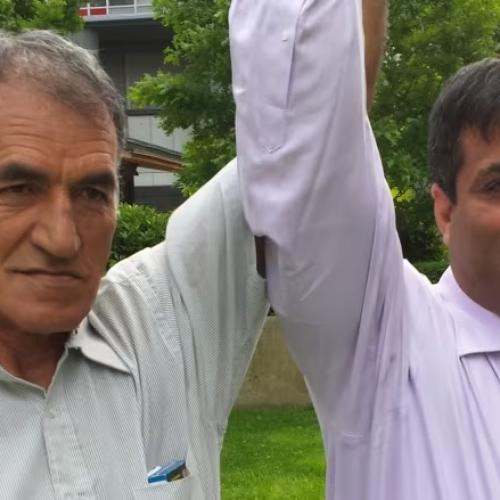Related Stories
Savings program helps India's street kids bank on change
Key Excerpts from Article on Website of San Francisco Chronicle (San Francisco's leading newspaper)
Posted: September 21st, 2007
http://sfgate.com/cgi-bin/article.cgi?f=/c/a/2007/08/19/MNPL...
Kanaiya Kumar handed his day's wages of 20 rupees, or about 50 cents, to the stone-faced bank teller, who scribbled the transaction into a ledger before raising his head to attend the next fidgety customer. It could have been any weekday evening at any Indian bank, except for a few exceptions. Every customer and employee was under age 18. And they were all street kids, hustling to earn a buck shining shoes, picking rags and selling tea along the mobbed streets of Delhi's crumbling old city. They are among a growing number of children flocking to the Children's Development Bank, a unique program started by a children's advocacy group six years ago that has become a crucial resource for many of Delhi's estimated 45,000 street kids. Begun from a bright yellow booth in the corner of a boys' night shelter in Old Delhi, the bank now has 14 branches throughout the city, giving the children a safe place to stash their money, earn interest and even borrow to start a business. "When I used to work in the tea stall, there was no place to sleep, there was no security, people would steal my money," said Mohammad Azad, a spindly 14-year-old boy with luminous brown eyes. "Now, no one will steal my money. It's safe and I can use it in the future." The bank gives this underground workforce - nearly all boys whose average daily wage is 60 cents - more than a place to manage money. In India, where more than three-quarters of the population lives on less than 50 cents a day according to a recent government report, the bank could be [a] way out of the grinding poverty that has defined their lives. Most bank members are runaways from impoverished villages throughout North India, whose parents have taken them out of school to help the family economically.
Note: For inspiring related stories on microlending and microcredit which are powerfully pulling the poor out of poverty around the world, click here.
Related Stories
Top Inspiring News Articles
Top Inspiring News Articles from Years Past













































































